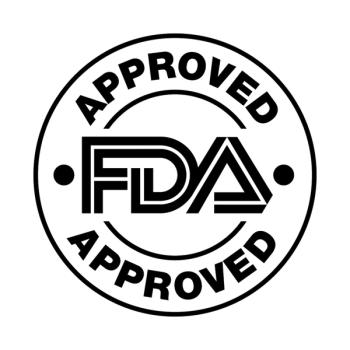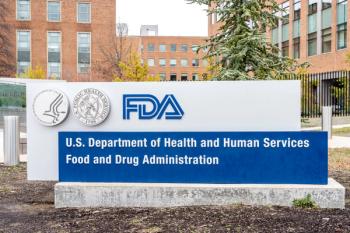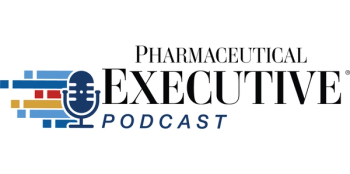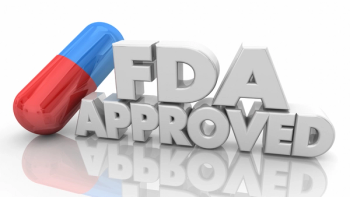
- Pharmaceutical Executive-05-16-2007
- Volume 0
- Issue 0
Pharma Gets Wired for Clinical Trials
Companies are poised to speed up investments in electronic data capture.
Drug makers are finally putting their money where their mouths are with electronic data capture (EDC)--the technology that is supposed to drive clinical trials into the digital age.
Although companies have been increasing their EDC investments by about 6.5 percent a year, they're about to shift into high gear, with tech spending set to accelerate 13.3 percent this year and climb to 14.7 percent per year through at least 2011.
Consulting firm Health Industry Insights, which compiled the data for the forecast, reported that total investments in EDC would exceed $3.1 billion between 2006 and 2011.
EDC systems allow investigators to report study data electronically--and share it more quickly with fellow sites. The promise is faster trial times (and therefore lower costs) and eventually the ability to integrate those systems with other databases like electronic health records and clinical-trial recruitment programs.
"Companies started to realize that they were in big trouble in terms of their profits," said Chris Connor, a senior research analyst with Health Industry Insights. "EDC represented more than just technology. EDC is one of those technologies...that becomes a catalyst for change."
By the end of the year, about 45 percent of clinical trials will be initiated using EDC, the report noted, and the average time to complete those trials is expected to be cut in half.
While many drug companies had been test-driving EDC models over the past four years, full implementation has occurred only in fits and starts. In addition to the high price of the systems, drug makers had to contend with a large number of small vendors--each with its own electronic system that was incompatible with any other. That meant a constant retraining of investigators and duplicated data.
"This was a market of pilot studies--and each pilot study was autonomous," Connor said. "Every one became a one-off, and it was very hard to get economies of scale. It was harder than they expected it to be."
But companies that persisted began to see benefits. Connor noted that drug makers like Eli Lilly, GlaxoSmithKline, and Pfizer were among the first to integrate EDC companywide.
Another sign of industry change: More money is being invested in EDC for smaller, shorter phase I trials. Spending there is expected to increase a whopping 32.5 percent per year through 2011, compared to 4.9 percent for phase 3 studies.
"The low-hanging fruit--the ones that were 'worth' the investment--were the large, multi-site phase II and phase III studies," Connor said. "But EDC is starting to become a basic technology now."
Articles in this issue
over 18 years ago
Purdue Feels the Pain of OxyContin Felony, FineNewsletter
Lead with insight with the Pharmaceutical Executive newsletter, featuring strategic analysis, leadership trends, and market intelligence for biopharma decision-makers.





